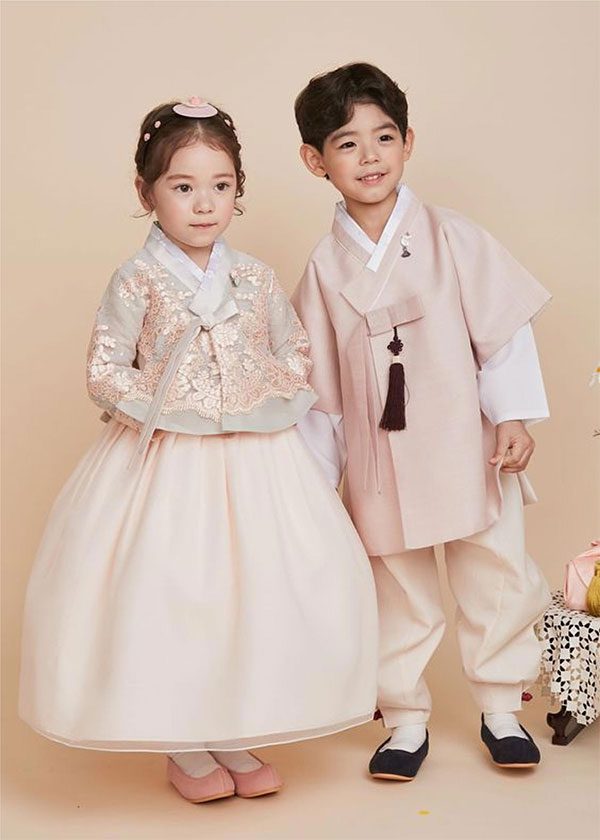Thanks to the official adoption of the international age system and the abolishment of the traditional age calculation, South Koreans will soon become “younger” by 1-2 years.
Specifically, starting from June 28, 2023, all legal and administrative sectors in the country will begin using the international standard (also known as chronological age), following the announcement by the National Assembly of South Korea last year. This move aims to reduce confusion and align with global standards.
According to amendments to the Civil Code and the General Administrative Law, many age systems currently in use will be unified under the internationally recognized system, where age is calculated based on the date of birth, as stated by the Government’s Legal Affairs Bureau.
In South Korea, there are currently three age systems in use.
- According to the most commonly used system known as “Korean age”, a person is considered 1 year old on the day they are born (similar to the concept of “maturity age” in Vietnam) and gains an additional year on the first day of the New Year. For example, a child born just before midnight on New Year’s Eve will be regarded as 2 years old immediately after midnight.

South Korea has its own traditional age calculation method.
- The second system is the internationally recognized one, where a person’s age is determined based on their date of birth.
- The third system adds one year to a person’s age on the first day of the New Year.
The reason South Koreans have such diverse age calculation methods is due to a culture that emphasizes hierarchy related to age. Currently, South Korea is one of the very few countries that includes maturity age in actual age in communication and daily life.
This unusual tradition has faced criticism from politicians: “They believe that a country with a developed economy and global influence simply cannot keep up with the times.” From words to action: “All confusion will end by June 2023 at the latest, when the law takes effect, whereby only the international age calculation method will be used in South Korea.”
Regarding the current age calculation method in South Korea, one hypothesis suggests that when determining the age of newborns, the 9 months spent in the womb is rounded up to 12. Others argue that this stems from the ancient Asian numerical system, which did not have the concept of zero.
However, explanations for the additional year added on January 1 are more complex. One hypothesis suggests that ancient Koreans based their birth year on the 60-year cycle of the Chinese calendar. And because there was no familiar calendar at that time, they would, by rule, overlook their birth date and simply add a year on the first day of the lunar calendar.





















































